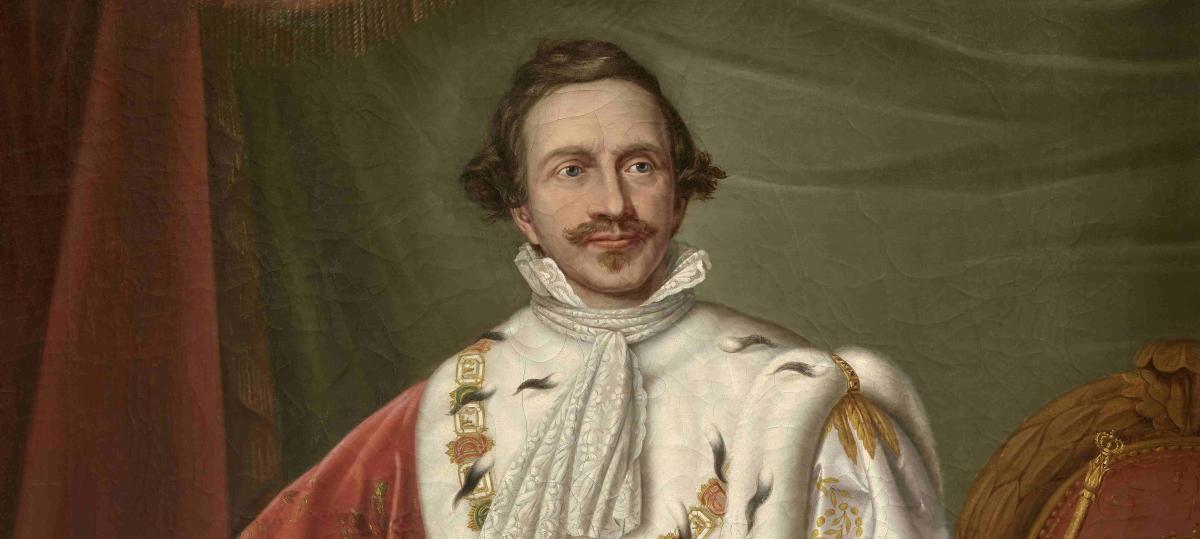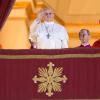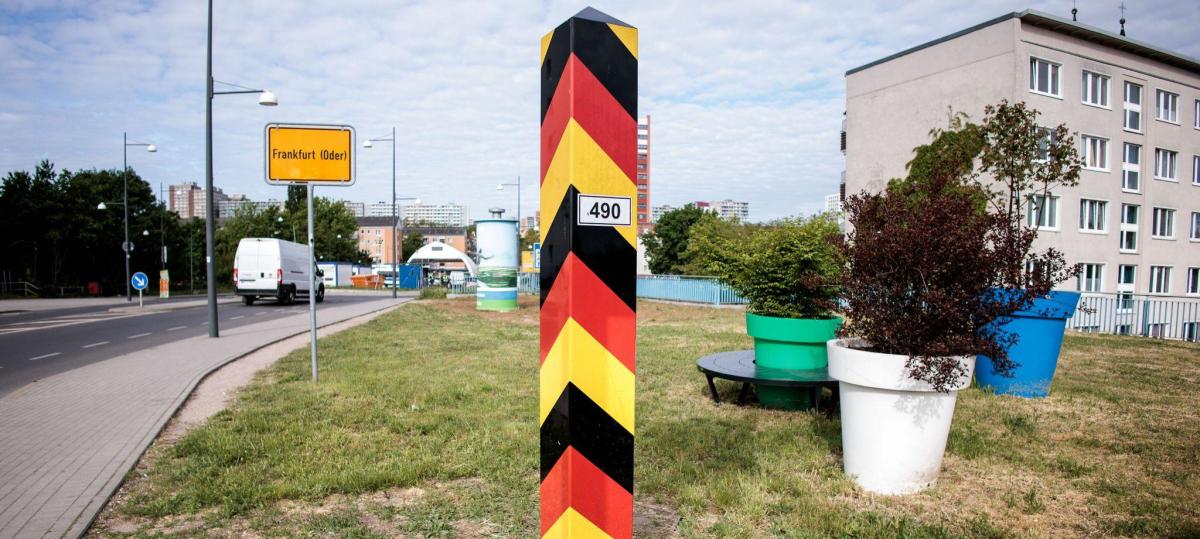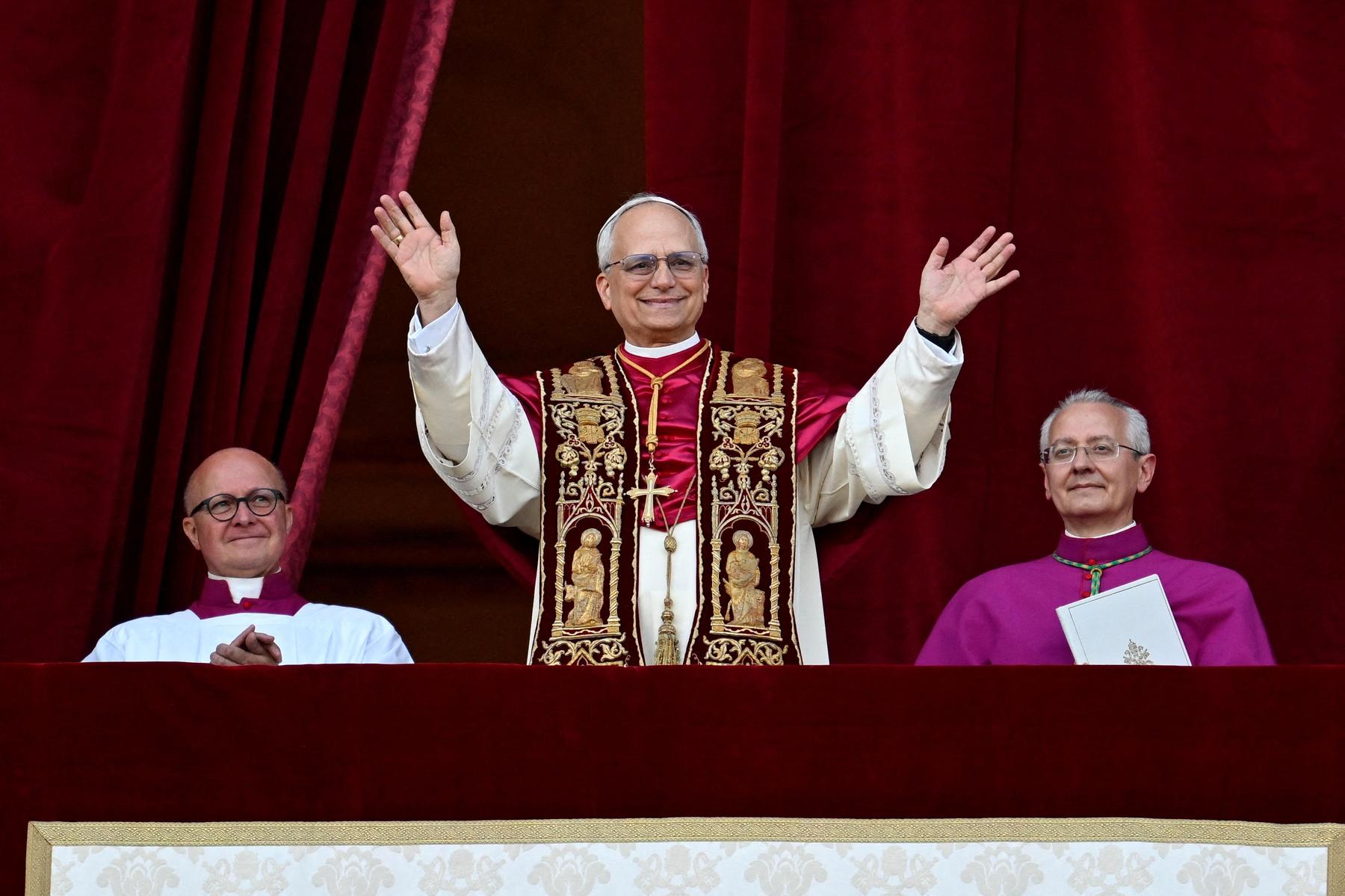Bavaria’s Ludwig I in the new state exhibition

How can that be: a Bavarian state exhibition on Ludwig I, which is not in Munich is located, the city, which also shines because of all the buildings that Bavarian king had built here? But the question mark in the title of the exhibition – « Ludwig I – Bavaria’s largest king? » – point out that the curators have their doubts about this reign. No, the exhibition on the occasion of the 200th anniversary of Ludwig I does not take place on the banks of the Isar, but in the House of Bavarian History in Regensburg. His boss Richard Loibl Had sensed the « danger » of « approaching the king too side » at an exhibition in Munich. It did not become a pure jubilee show.
In 1825, the then 39 -year -old Ludwig took over the rule over a country that rose to the kingdom under his father Max Joseph, but was overwhelmed as a result of rigid reforms, moved hard on the edge of the bankruptcy and visibly ranked, as a composite of very different parts of the country – Franconia and Swabia were new – to form a community identity. Based on this, this year’s state exhibition looks primarily into the area of the Kingdom of Bavaria and the effects of the 23 -year rule of the second Wittelsbach king there.
Ludwig’s face shows a computer animation
The Ludwig Show-curated, also strives for the exhibitions that have been organized by the House of Bavarian History, again. Right from the start, the visitor is captured by a computer animation of Ludwig’s face at the time of his crowning glory, on the basis of all the images and other data available (only the proven pock touts have been dispensed with). In addition, the digital museum methodology is not neglected, portrait images are literally brought to speak by MPs in order to comment on political matters. As mostly at state exhibitions, the series of exhibits also characterizes the broad divergence this time. And often one or the other takes out quite unspectacular at first glance – on closer look at the targeted topic, however, accurately illustratingly illustrating like the umbrella on which Germany’s first railway between Nuremberg and leads is printed. An event that Ludwig remotely removed, skeptical of how he was opposite the mechanical locomotion.
The king’s infrastructure policy also forms one of the focus of the exhibition. Ludwig mainly relied on river shipping and ran the construction of the Ludwig-Donau-Main Canal, which, however, proved to be anything but lucrative after completion. 100 locks had to be overcome over a length of 173 kilometers, when you were on the sea route faster from the Don Donaititis to the Rhine as the target endpoints. The historical -conscious Ludwig insisted on his prestige project, which was already critical at the time, became a vision of Charles of great reality with the connection between the Danube and Main.
Ludwig’s Süd-Nord-Eisenbahntrasse led from Lindau to Hof
Ludwig would have better focused on the increased expansion of the rail network. Because the railway had quickly turned out to be the relevant means of transport in the early industrial age. In fact, under Ludwig, the southern Nord route from Lindau via Kempten, Augsburg, Donauwörth, Nuremberg and Bamberg to Hof was created; But the west of Bavaria was particularly well covered. Otherwise it was ordered around Eastern Bavaria, where the king did not want to be enthusiastic about a railway line – with correspondingly negative consequences for the economic consequences in the region. The smelly monster, however, were never quite clever, which one may find in the exhibition if the visitor led into a tunnel suddenly sees a locomotive huge steaming up.
But the show is not just about critters. It is emphasized with emphasis, which meant the founding of around 130 monasteries after Bavaria’s monasteries had been lifted in the course of secularization at the beginning of the 19th century. Especially in rural areas, the paths of educational mediation and the care that had been re -established for centuries disappeared from the scene, traditions, to which Ludwig wanted to build again. Also in customs policy, first through the customs association with Baden-Württemberg, the king proved to be a cluger, the free flow of goods.
Lola Montez should of course not be missing in the exhibition
Again, the situation is different with Ludwig’s understanding of his own kingdom in an age in which the people also increasingly demanded a say. Significantly, this summarizes an oil painting by an unknown painter in the picture, which Ludwig shows in the coronation or to put the hand with the scepter meaningfully on the Bavarian constitution, as Joseph Stieler shows in his famous motif, Ludwig ignores the constitution here on the probably created painting in the 1840s. His hardening conservatism, his restrictive press policy, all of this ran together in that Lola-Montez affair, which was the last drop on the hot stone to reduce the abdication to the king. The beautiful Lola, of course this topic should not be missing in the exhibition: curious a plaster character of the « Spaniard », where under the long skirt the grinning portrait of the king led out.
Ludwig I. – Bavaria’s largest king? After visiting the exhibition, the question can only be answered by the fact that it cannot be clearly answered; that King Ludwig I, however, undoubtedly put his stamp on this country.
In the House of Bavarian History in Regensburg, the exhibition runs from May 10th to November 2 (Tue-so from 9 a.m. to 6 p.m.). Recommended the catalog (publisher Friedrich Pustet), which costs 29.95 euros.







